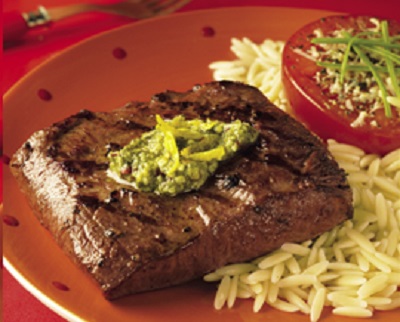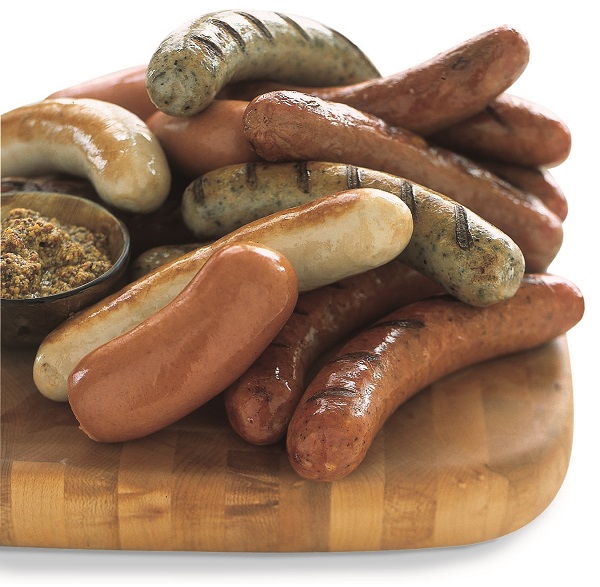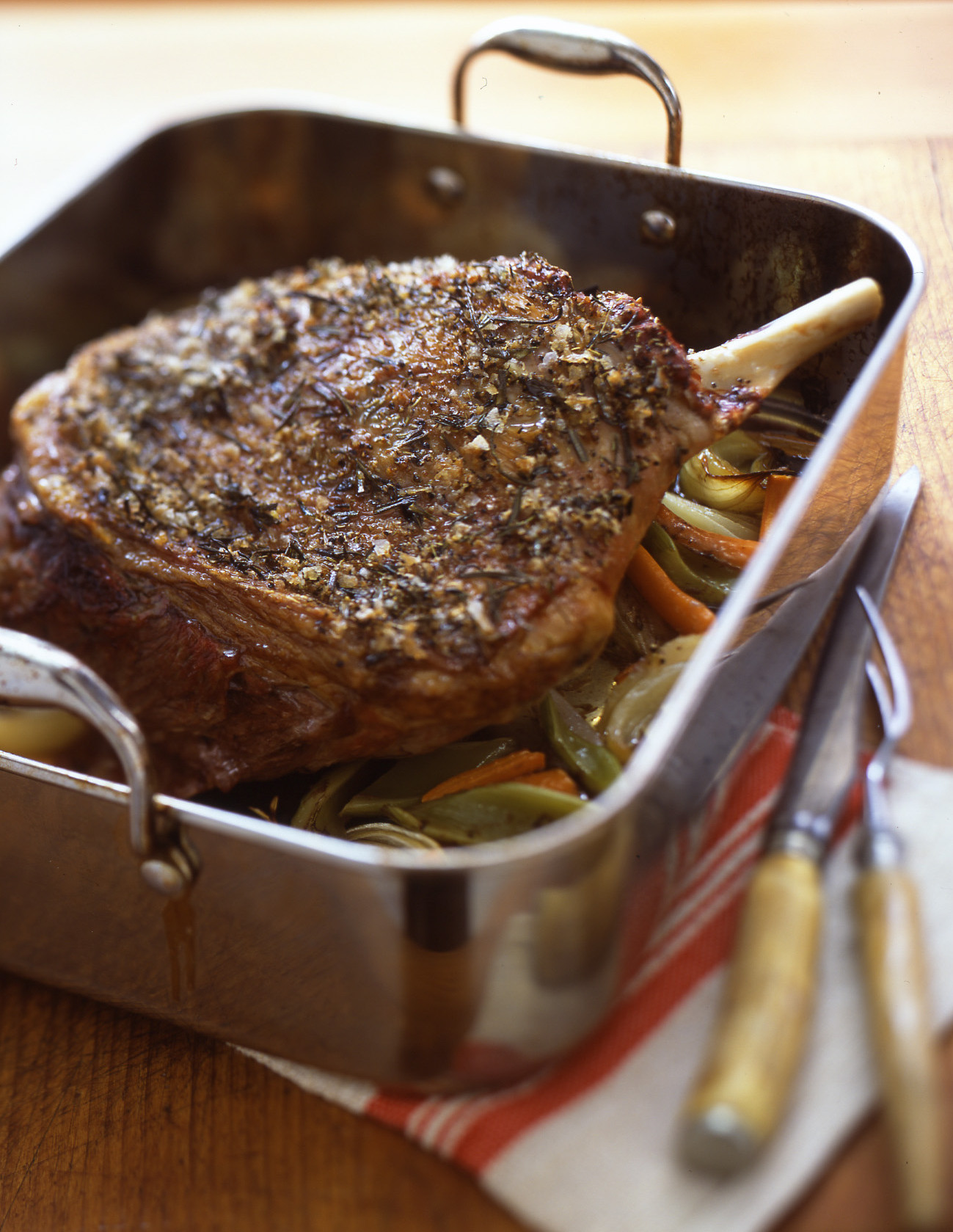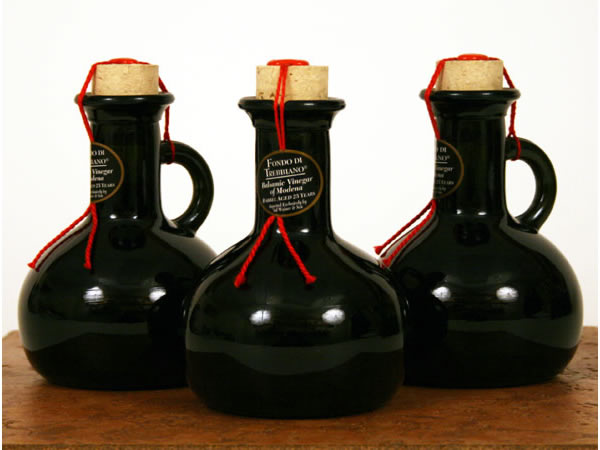|
|
Welcome to the new Lobel’s Culinary Club.
In the years since we launched our Web site and online butcher shop, the Lobel’s Culinary Club has become the cornerstone of our communications with our customers old and new. Our e-mails span the latest news about products and promotions to help you plan peak dining experiences for family meals, special events, and casual entertaining.
A fundamental part of the Culinary Club content comes from our unique perspective as butchers on meat handling and preparation. And while there are many recipes to share, we want to help you go beyond specific recipes to a wider world of in-depth explorations of cooking techniques. When you understand the fundamentals, you are free to invent your own culinary masterpieces.
We believe the more you know about preparing the finest meat money can buy, the more you will enjoy serving it to your family and friends.
With the launch of our expanded Culinary Club, we’ve created a living archive of knowledge that is gleaned from past e-mails and will grow with future e-mails.
Within the Culinary Club, we hope you’ll find numerous and useful resources to enhance your confidence in preparing the finest and freshest meats available, and ensure your absolute delight with the results.
For your dining pleasure,

Stanley, David, Mark, and Evan Lobel

Articles by Month:
Articles by Subject:
On June 29,2014
In
beef
,
cut of the month
,
food history
The Lobel family of Lobel’s Prime Meats in Manhattan and Lobel’s of New York online butcher shop are fourth- and fifth-generation butchers. With our Cut of the Month series, we will bring you their wealth of knowledge and expertise on specific cuts of meat, including their unique characteristics, preparation methods, and how to select the best cut.
It’s not every day that a new steak comes along. There are, after all, only so many muscles in a cow. However, if you check the encyclopedic MEAT by the Lobels, which was published in 1971, you’ll find no mention of flat iron steak.
Fast-forward to the publication of Lobel’s Meat Bible in 2009 and you’ll find the flat iron right there on page 21. Plus, there’s a delicious recipe for Flat Iron Steaks with Roasted Red Pepper Butter on page 38.
So, where did this steak come from?

(more...)
On April 1,2014
In
easter
,
sausage
,
food history
While the concept of sausage is simple, thousands of variations can be found throughout the world. Sausages can be fresh, cured, smoked, or cooked. They are made of beef, pork, veal, chicken, and more. And they can include myriad ingredients, from spices and herbs to fruits, vegetables, and cheeses—and even liquids such as beer, whiskey, or blood. Our “Sausage in Profile” series aims to introduce you to different types of sausage—their flavor profiles, histories, and uses—from familiar favorites to unique finds.
Here in the U.S., the name kielbasa refers to a specific type of Polish sausage, but in Polish “kielbasa” is just the general word for “a sausage.” There are many varieties of Polish sausage, as sausage is a staple in Polish cuisine. The sausage Americans are thinking of when they refer to Kielbasa is “Polska Kielbasa Wędzona,” or Smoked Polish Sausage. While each manufacturer of this sausage has its own recipe, this sausage is generally known to contain pork, beef, garlic, marjoram, and spices.

(more...)
On March 13,2014
In
food history
,
sausage
While the concept of sausage is simple, thousands of variations can be found throughout the world. Sausages can be fresh, cured, smoked, or cooked. They are made of beef, pork, veal, chicken, and more. And they can include myriad ingredients, from spices and herbs to fruits, vegetables, and cheeses—and even liquids such as beer, whiskey, or blood. Our “Sausage in Profile” series aims to introduce you to different types of sausage—their flavor profiles, histories, and uses—from familiar favorites to unique finds.
Addictively flavorful and plump with cheese, Kaese Krainer is a hidden gem among sausages. Swiss cheese mingles with mildly smoked pork and beef to create this luscious and hearty sausage.
(more...)
On March 11,2014
In
culinary classics
,
poultry
,
recipes & techniques
,
veal
,
food history
Contrary to what you might think, Chicken Cordon Bleu and its relations are not of French origin. French-inspired, yes. But as near as anyone contends, this preparation is a rather recent invention. Some trace its origins to 1940s Switzerland, although the first mention of Chicken Cordon Bleu in print, specifically, turns up in the New York Times, circa 1967.

(more...)
On March 10,2014
In
cut of the month
,
easter
,
lamb
,
passover
,
spring
,
recipes & techniques
,
recipes & techniques
,
holidays
,
food history
The Lobel family of Lobel’s Prime Meats in Manhattan and Lobel’s of New York online butcher shop are fourth- and fifth-generation butchers. With our Cut of the Month series, we will bring you their wealth of knowledge and expertise on specific cuts of meat, including their unique characteristics, preparation methods, and how to select the best cut.
Lamb is often on our minds come March. The spring holidays are just around the corner, and lamb is a popular selection for both Passover dinners and Easter celebrations. Likewise, the old English proverb about March weather also brings lamb to mind: March comes in like a lion and goes out like a lamb. For these reasons, we’ve selected Leg of Lamb for this month’s Cut of the Month.

(more...)
On February 13,2014
In
food history
,
mardi gras
,
holidays
,
stewing
,
beef
,
sausage
Imagine it’s Mardi Gras, and you are walking down Bourbon Street—the heart of New Orleans’ French Quarter. Merry makers—many with a Hurricane or other libation in hand—flood the streets and revel all around you, all the while collecting as many strands of cheap beads as necks and inhibition allow.
Against the crowd’s noise, blues, jazz, zydeco, ragtime, and more pour from every filigreed cast-iron balcony and open doorway at every club, music hall, dive, and juke joint up and down the boulevard. Street merchants lend their own cadence hawking trinkets, gewgaws, and souvenirs.
And what cuts through all that clutter and sputter are the aromas that waft into the proceedings from the restaurants, food stalls, and street vendors. So varied. So pungent. So enveloping. So intoxicating.
You’ve just gotta have something to eat.

(more...)
On February 13,2014
In
sausage
,
st patrick's day
,
food history
While the concept of sausage is simple, thousands of variations can be found throughout the world. Sausages can be fresh, cured, smoked, or cooked. They are made of beef, pork, veal, chicken, and more. And they can include myriad ingredients, from spices and herbs to fruits, vegetables, and cheeses—and even liquids such as beer, whiskey, or blood. Our “Sausage in Profile” series aims to introduce you to different types of sausage—their flavor profiles, histories, and uses—from familiar favorites to unique finds.
Bangers are a favorite in pubs and homes all across the British Isles. Whether enjoyed as part of the classic comfort food bangers and mash or as part of a full breakfast, bangers have found a welcoming fanbase here in the U.S. as well.

(more...)
On February 12,2014
In
beef
,
culinary classics
,
food history
,
lamb
,
st patrick's day
Tracing its 18th century origins to the British Isles, Shepherd’s Pie is a humble dish, born of frugality.

(more...)
On September 10,2013
In
beef
,
culinary classics
,
pork
,
poultry
,
veal
,
food history
Schnitzel also goes by other regional names—dishes you might not otherwise associate with name schnitzel, but would recognize by the similarity of preparation techniques.
(more...)
On September 9,2013
In
vinegar
,
food history
,
recipes & techniques
Balsamic vinegar is one of those condiments that we consider a must-have in any home chef’s pantry. But not just any old bottle from the supermarket will do. It must be a true balsamic. What constitutes a true balsamic? Read on to find out.
And once you learn more and refine your taste for balsamic vinegar, you’ll likely find that you want to have several in your pantry for different uses.

(more...)
|










